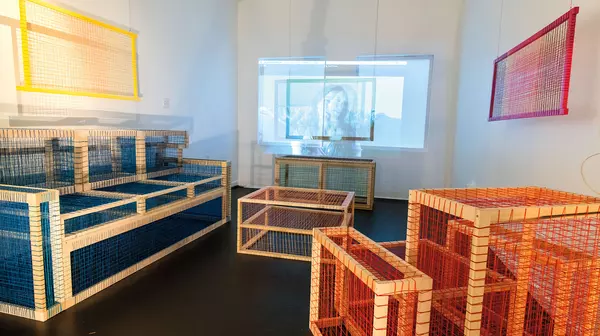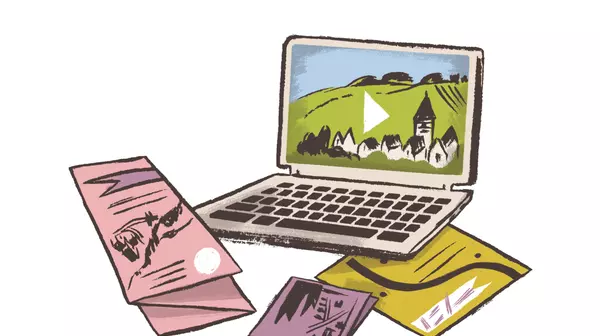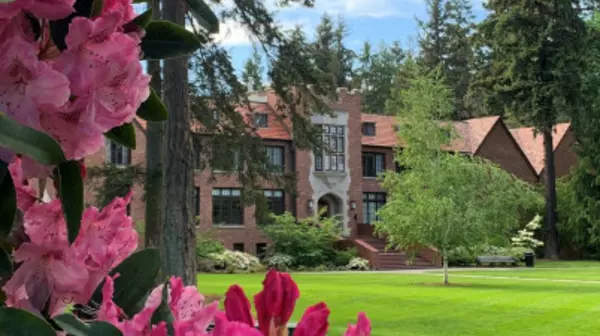Julia Galloway, from the University of Montana, Missoula has a great resource called “Field Guide for Ceramic Artisans,” two pages have residencies split between US and International:
Residencies, Programs & Resources



- CaFE
- City of Las Vegas Arts Commission (Don't be misled by the name; this has links for artist opportunities throughout the country.)
- The Alexia Foundation for World Peace
- The Gordon Parks International
- College Art Association
- Art Opportunities Monthly
- Artist Help Network
- The Center for Documentary Studies
- The Fund for Women Artists
- Langlois Foundation
- Pollock-Krasner Foundation
- Women's Studio Workshop
- Puffin Foundation
- Hispanic Scholarship Fund
AlabamaArizonaCaliforniaColoradoConnecticutDelawareDistrict of ColumbiaFloridaIdahoIllinoisIndianaIowaKentuckyLouisianaMaineMarylandMassachusettsMichigan
MinnesotaMississippiMontana
|
NebraskaNevadaNew HampshireNew Hampshire State Council on the Art:
New YorkNorth DakotaOhioOregonPennsylvaniaRhode Island
South CarolinaSouth DakotaTennesseeTexasUtahVermont
VirginiaWashingtonWest VirginiaWisconsinWyoming
|
Asia
Canada
England
France
- The Harriet Hale Woolley Scholarship at the Foundation des Etats-Unis
Scandinavia
Recommended Residencies and Internships for Emerging Artists
- Arrowmont School of Arts and Crafts (Gatlinburg, TN): The residency program is designed to provide pre-professional, self-directed artists time and space to develop a major body of work in a creative community environment for students and visiting faculty. Five artists are selected annually to participate in the 11-month program that begins mid-June and continues through the end of May the following year.
- Elsewhere Artist Collaborative (Greensboro, NC): Elsewhere's residency program invites emerging and established artists and scholars to create site-specific works using the plethora of objects and dynamic spaces as materials for works or as a foundation for conceptual or technological projects. Residents launch projects from within the theoretical framework of an evolving exhibition of objects and artworks across media, composing an experimental museum rethinking the premise of the collector and collection, questions of history and myth, the stasis of the art object, the role of the artist, and the relationship of process within production. Residents are encouraged to spend one month creating in the space. No proposals are requested. Instead, we ask artists to draw their ideas from the space itself, its resources, and the multiplicity of systematic arrangements and performative organizations that interweave resource, artwork, and collaborative artistic response. Residents pay a $200 residency fee and $50 deposit to hold space upon accepting the invitation.
- Cornucopia Art Center, Lanesboro Residency Program (Lanesboro, MN): The Cornucopia Art Center/Jerome Foundation Residency Program offers two-week and four-week residencies to emerging artists each year. The program is designed to provide opportunities for emerging artists to create new work.
- The Cooper Union School of Art Summer Residency Program (New York, NY): A six-week program, the School of Art Summer Residency Program is designed for emerging artists to develop their work while gaining exposure to the renowned artists, critics, curators, galleries, and museums that New York City has to offer. Each artist selected for the residency will have a semi-private, sky-lit studio in the historic Foundation Building in the heart of the East Village. Lectures, discussions, and critiques with outstanding guest faculty facilitate an open exchange of ideas and provide a critical context for contemporary issues in art.
- Earth Ship Academy (architecture, sustainable living, environmentalism)
- In Cahoots (printmaking, letterpress, book arts)
- MOA online / design & build
- MOA online / artist in residence
- Bemis Center
- Penland
- Ox-Bow
- Franconia
- Harpo Foundation
- Anderson Ranch
- Banff Centre
Residency Programs:
Start the process at least nine months to one year in advance!
For more information about eligibility and deadlines visit Fulbright Scholarship Program page.
It is essential to choose a country based on some unique aspect of its culture, political structure, or artistic development—an aspect, which is not available in the United States. Learn about the history of the country. Be aware of its political and economic situation (you may be living there for a year, so be prepared)
Location: what is the countries proximity to other regions of interest (you will have time to travel)
Climate: can you deal with it
You will need to take a physical examination before being awarded a grant. This will include an STD test and an AIDS test. If you carry any one of these viruses, you will not be awarded a grant. Each country will have its own physical requirements in addition to the above-mentioned.
Develop a relationship with someone in the host country (a professor or artist).
Develop a relationship with a host institution (not necessary but very helpful).
Get letters of support or invitation from your contacts.
This should address "the why"? Why this particular country? Why this particular time? Why this particular institution? (if applicable) And what? What will I gain from this experience? What will the people of the host country gain? What information can I furnish which is not readily available to them? And how? How will this enhance my career goals? How will this help me mature and grow as a person? How will I share this information with others when I return to the U.S.?
Be honest and humble (If your all that you don’t need the experience a Fulbright will offer).
Try in some way to find something in your personal history that may support your proposal (not necessary but could be helpful).
Someone must get the grant, so it might as well be you!
Applying for Graduate School Timeline and Advice Considerations
Deciding to attend MFA programs in the visual arts can require time and personal reflection. There are compelling reasons to do so if you are interested in evolving as an artist, teaching at the college level and/or at independent K-12 schools. An MFA can offer significant opportunities that you would not otherwise have to expand your vision and understanding of your own work and other artists’ practices. It does not guarantee employment in the field, and the cost of MFA programs should be seriously considered.
MFA programs are competitive and varied. It is important to do due research to find the program that is right for you. Explore the faculty, graduate student work, teaching assistant, or other professional development opportunities, the culture, and community you would be a part of, financial aid, facilities, and/or opportunities outside of the art program in determining where you would like to apply.
It can take time to develop a strong, independent portfolio. The average age at many MFA programs
The Department of Art and Art History has copies of The CAA Directory of Graduate Programs in the Visual Arts. This is a valuable resource. It is also important to consult with your professors, alumni, and other individuals who have attended or are attending MFA programs to get advice as you decide if and where you want to apply.
MFA programs provide time, space, a community of other artists, faculty mentors, and visiting artists’ perspectives. This combination can be very challenging and enriching. There is no better way to focus on your work at a critical juncture in your development as an independent artist.
TimeLine:
- Begin researching programs 1-2 years before you plan on applying. Applications are generally due between December 15th and February 1st.
- Begin the application process 2-3 months before the first deadline. It takes time to document your work, finalize your artist statement, request recommendations, polish your CV, and contact programs.
- It is important to request letters of recommendation 6-8 weeks before the first graduate program deadline.
- Provide recommenders with the following:
- Images of your work
- Artist Statement/Personal Statement
- CV
- List of programs and deadlines
- Make sure your send recommenders with thank you cards and let them know whether you are admitted to programs.
